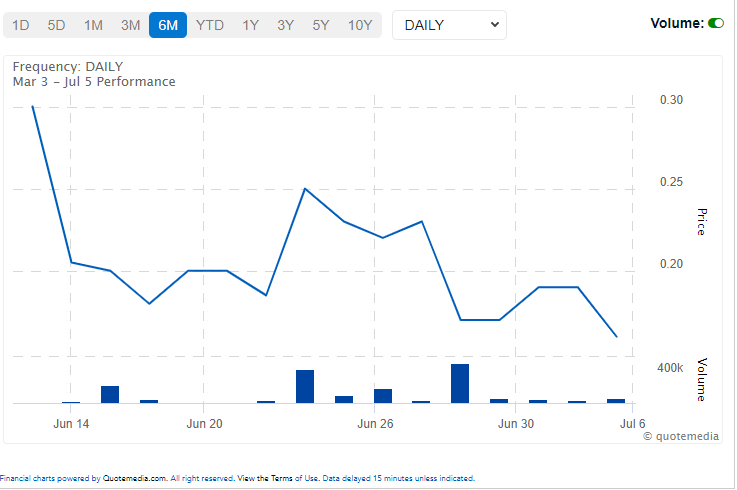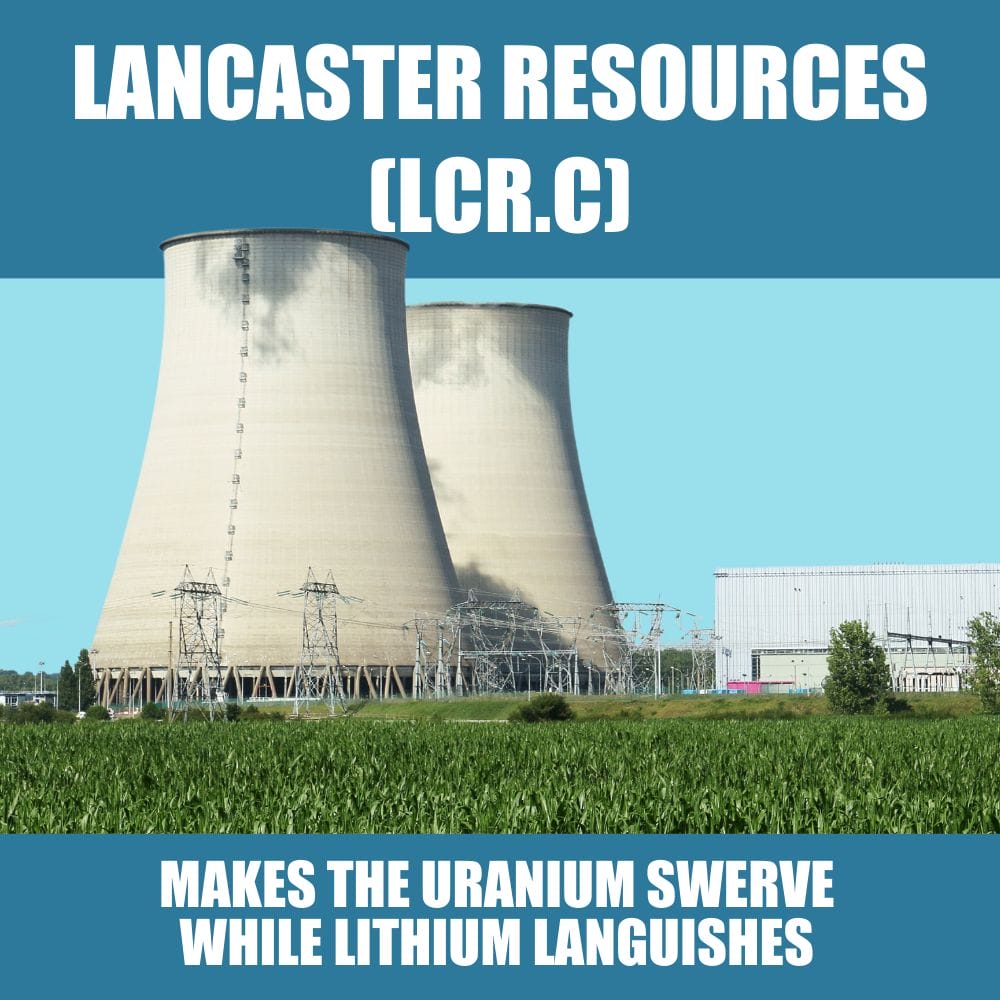In a world on the precipice of a green energy revolution, the once humble lithium has emerged as an unsung hero. This lightweight and energy-dense metal is the lifeblood of electric vehicle batteries and a panoply of renewable energy storage solutions – crucial for our transition towards a lower-carbon future. But as South American countries contemplate forming a lithium cartel, akin to OPEC, the security of the United States’ lithium supply chain hangs in the balance.
Today, approximately 65% of the world’s known lithium resources reside within the boundaries of the so-called Lithium Triangle, encompassing Argentina, Chile, and Bolivia. In 2020, these countries together accounted for 29.5% of global lithium production. Further south, Brazil’s nascent lithium sector is stirring in response to burgeoning global demand, bolstered by its robust auto-manufacturing experience and a global reputation for low carbon mobility.
Impending Lithium Cartel?
Last year, Argentina, Chile, and Bolivia initiated negotiations, seemingly inspired by the operations of the Organization of the Petroleum Exporting Countries (OPEC), to control the production flows, pricing, and best practices of lithium. This prospective cartel, bolstered by Brazil’s contributions and possibly Mexico’s reserves, could command a dominant market position and reshape the global lithium landscape.
Meanwhile, the U.S. barely makes a dent in the lithium production sphere, sparking questions about the country’s readiness to meet the demands of the imminent green energy revolution. While experts debate the extent of future lithium requirements – some predicting the necessity for as many as 70 new lithium mines by 2035 – the fact remains that the U.S. is likely to need more lithium.
As the urgency of securing its lithium supply chain mounts, the United States is taking significant strides towards ramping up domestic lithium production. The Biden-Harris administration is spearheading these efforts, beginning with an overhaul of the 1872 General Mining Act. The administration seeks to streamline the permitting process for mining operations, a development that could signal a boost in domestic lithium production.
Long-dormant proposals for mining projects are being dusted off, recast under a new light that highlights their potential contribution to decarbonization efforts. These are not simply money-making ventures for multinational corporations; they now serve as key components in the national thrust towards renewable energy. Additionally, these projects also promise considerable profits for shareholders and executives in the mining industry.
This looming mining boom is set to be propelled by federal incentives designed to encourage domestic production of critical minerals. For instance, the Inflation Reduction Act offers a $7,500 credit for purchases of electric vehicles manufactured with domestically sourced battery materials. Mining operations for key battery elements like lithium, cobalt, and nickel will also earn operators a 10% tax credit – a significant financial incentive for any corporation.
It’s worth noting that the lithium price has quintupled since mid-2021, contributing to a surge in electric vehicle costs, which now stand at around $66,000. This is not far from the median household income and $20,000 more than the average cost of new car sales. This spike in costs stems from shortages of batteries and raw materials like lithium, along with component shortages, such as semiconductors. However, this is an opportunity for domestic lithium production to contribute to price stabilization.
Exploration in America
As the race to secure America’s lithium supply chain intensifies, junior exploration companies are playing a crucial role in unearthing potential resources. One such company is Lancaster Resources (LCR.C), focusing on its Alkali Flat Project located in the mining-friendly jurisdiction of New Mexico.
Lancaster is poised to acquire 100% rights to the Alkali Flat lithium brine project, which resides in southwestern New Mexico. Its strategic location in the Animas Valley, near the town of Lordsburg, gives it excellent accessibility, crucial for conducting an exploration program to evaluate lithium brine and related lithium-bearing clay. The area has been studied through regional magnetic and gravity geophysical surveys and geochemical databases, revealing promising lithium concentrations.
New Mexico, ranking 15th as a top mining jurisdiction globally, offers the cost advantage of drilling for lithium brine targets over hard rock, which is economically appealing. Arizona Lithium, another notable lithium explorer has conducted exploration and identified drill targets in an adjacent property immediately to the north of Alkalai Flat, strengthening the area’s overall lithium prospectivity.
The project is under the experienced leadership of Penny White, President and CEO of Lancaster Resources, and geologist Rodney Blakestad. White, with over 20 years of capital market experience and a track record of successful ventures in mining, pharmaceuticals, and clean energy, lends her leadership and vision to the project. Blakestad, renowned for discovering several commercial-grade deposits over his 40-year career, is at the helm of the exploration efforts at Alkali Flat.
Technically Speaking with Vishal Toora
Lithium was THE hot commodity for two years hitting a peak in November 2022. Since then, prices have pulled back significantly. An over 60% retracement:

The reason? China ended its EV subsidies. A market that was once thought to be the driver for large demand for EVs now saw that demand fall. However, western demand should pick up given that governments are serious in phasing out gasoline cars, gas prices are high seeing people switch to electric, and the fact that prices for EVs should come down given the fall in lithium prices.
Even though lithium prices have tumbled, the price is still high enough to incentivize new producers and exploration.
Lancaster Resources is a lithium explorer that has the right to acquire 100% of the Alkali Flat lithium brine project, which is located in southwestern New Mexico, USA. The prospectivity of the 233 claim Alkali Flat property is reflected by the presence of competitors’ claims (Australia’s Arizona Lithium Limited) which lie immediately north of Lancaster Lithium’s claims as well as historic research reflected in regional magnetic, and gravity geophysical surveys and geochemical databases acquired by the U.S. Geological Survey.

The stock has printed new all time record lows hitting $0.16, and is where we currently trade. From a technical analysis take, once a stock prints new record lows in a downtrend, there will be a point when the selling pressure exhausts. Simply put, the trend will end and a new trend will begin.
What chartists want to look for is signs of the downtrend exhaustion. This comes in the sign of a range, or when a stock consolidates between two price levels. This increases the probability that the downtrend is over and a new trend is about to begin. The range pattern is also the in between market structure when a trend shifts. In this case, it would be from a downtrend to an uptrend. As of now, there is no sign of a range which means the stock could still make new lows.
The $0.19 price level is also significant for investors and traders. This is the current lower high on the chart. As long as the price trades below this level, the downtrend is still in play. A close above $0.19 would be very significant for the stock.
So what is needed? A catalyst from management in the form of permits/getting a program ready/phase 1 exploration to get some volume back to the stock and enter the consolidation phase.
Conclusion
The New Mexico State Land Office, with a history of partnering with renewable energy companies, has allocated nine million acres of land to stimulate these industries’ growth. This collaborative environment, coupled with Lancaster’s expert team and the project’s promising lithium prospects, positions the Alkali Flat Project as a potential key player in fortifying the American lithium supply chain. By investing in lithium exploration, these American junior explorers are helping to pave the way for a sustainable, clean energy future for the country.







